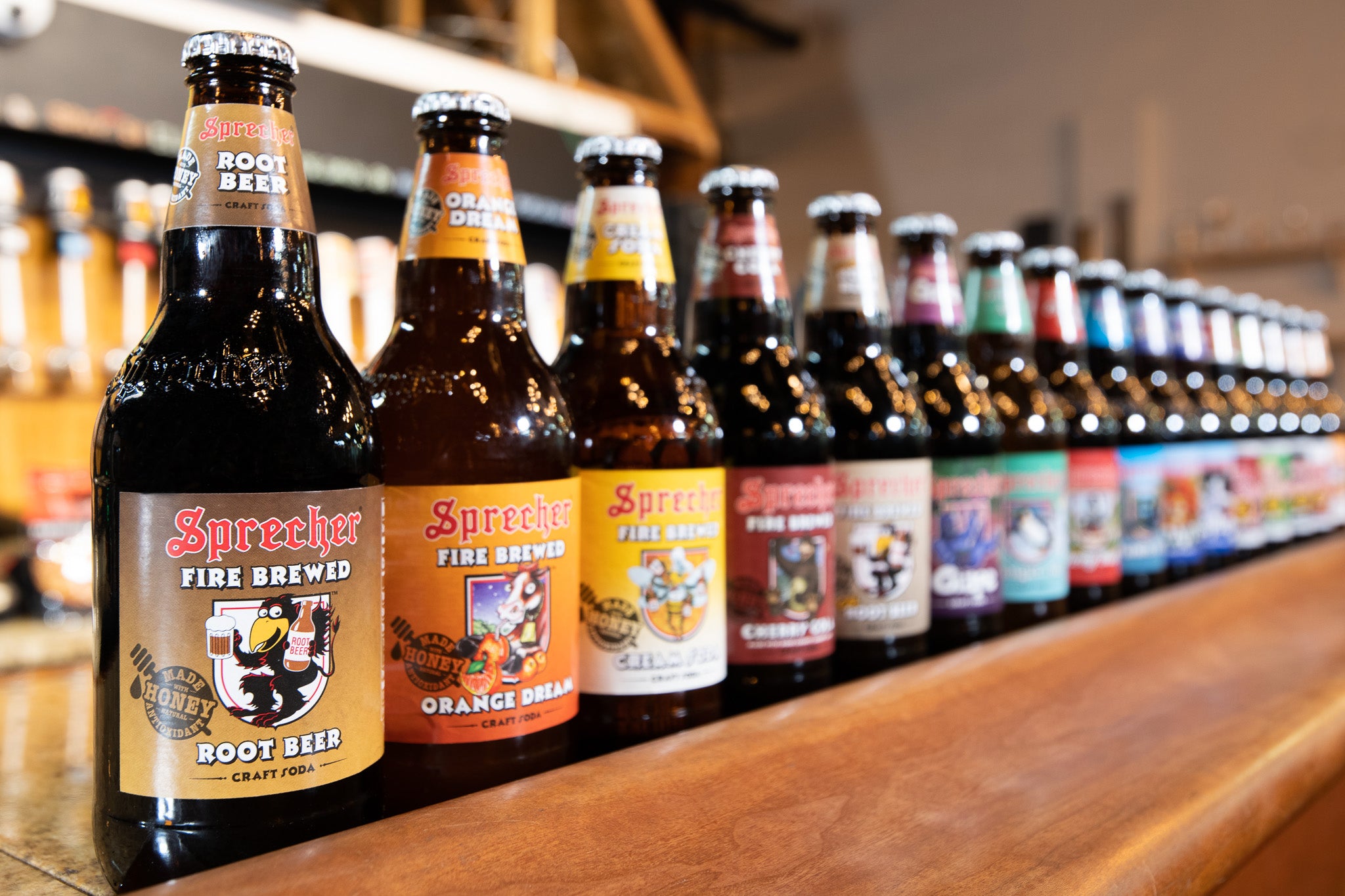Experience the Rich Flavor of Galveston Whiskey: Regional Specializeds
Experience the Rich Flavor of Galveston Whiskey: Regional Specializeds
Blog Article
Mastering the Craft of Distillation: a Deep Study Distillery Traditions
Exploring the elaborate art of distillation unveils a globe soaked in classic traditions that have actually shaped the spirits we appreciate today. From the ancient beginnings of distillation techniques to the modern-day development of distillery tools, each step in the process carries with it an abundant tapestry of background and proficiency. As we explore the fragile equilibrium of standard versus modern distilling techniques and reveal the significance of vital components, a deeper understanding arises of the profound influence distillery traditions carry the spirits we appreciate.
Origins of Purification Strategies
The growth of distillation methods has an abundant background that traces back to old worlds. The idea of dividing elements based on their different boiling factors laid the structure for the innovative distillation processes we have today.
The earliest evidence of purification go back to around 3000 BC in Mesopotamia, where clay pots were used to distill perfumes and fragrant oils. The Egyptians additionally progressed these strategies, making use of distillation for embalming practices and medical objectives. The Greeks, especially figures like Aristotle and Hippocrates, added to the academic understanding of distillation.
Gradually, purification infect regions like India, China, and the Center East, each society including its unique touch to the craft. The evolution of purification techniques proceeded via the Center Ages and the Renaissance, ultimately bring about the varied selection of purification procedures utilized in modern-day distilleries worldwide.
Evolution of Distillery Equipment

With innovations in innovation and a much deeper understanding of the distillation process, modern distilleries currently utilize a variety of sophisticated equipment to create spirits of the finest. Today, distillation equipment includes column stills, reflux stills, and crossbreed stills, each made to satisfy certain purification requirements. These contemporary stills provide better temperature guideline, enhanced distillation precision, and better effectiveness in separating alcohol from pollutants.
Along with stills, distilleries currently make use of innovative condensers, fermenters, and purification systems to further improve the distillate. The advancement of distillery devices remains to play a vital duty fit the varied variety of spirits available on the market today.
Conventional Vs. Modern Distilling Practices
Alternatively, modern-day distilling methods utilize cutting-edge technology and development to improve production processes and enhance uniformity. Automated systems, computerized controls, and state-of-the-art devices make it possible for modern-day distilleries to create spirits extra efficiently and with higher accuracy.
While standard distilling methods are valued for their heritage and the distinct flavors they create, modern approaches supply advantages in regards to scalability, quality assurance, and sustainability. By integrating clinical improvements and contemporary design, distillers can enhance production, reduce waste, and fulfill the needs of today's market more effectively. Eventually, the option in between modern and traditional distilling techniques usually depends upon the distillery's goals, values, and target audience.
Key Ingredients in Purification Refine
Within the craft of distillation, the selection of crucial components plays an essential duty in establishing the flavor account and quality of the spirits created. The key ingredients utilized in the distillation procedure are normally water, yeast, and a fermentable resource such as grains, fruits, or sugarcane.
Water is a basic element as it not only thins down the alcohol material to a palatable degree yet also influences the overall mouthfeel and texture of the spirit. The quality and mineral content of the water Seawall Bar made use of can substantially impact the end product.
Yeast is one more essential component he has a good point that transforms the sugars present in the fermentable resource right into alcohol with the process of fermentation. Different pressures of yeast can create varying scents and tastes, contributing to the one-of-a-kind features of the spirit.

Influence of Distillery Traditions on Spirits
The impact of historical distillery traditions on spirits expands past the selection of key ingredients, shaping the very significance and personality of the final distilled products (Galveston Liquor). These practices, gave with generations, play a crucial duty in specifying the one-of-a-kind taste profiles and top qualities that differentiate one spirit from an additional
Distillery customs encompass a vast array of practices, from the particular strategies used in purification to the option of aging processes used. For example, using typical copper pot stills in scotch production is thought to present certain tastes and qualities that are extremely valued by aficionados. In a similar way, the aging of spirits in oak barrels, a method deeply rooted in distilling practices, adds to the advancement of intricate scents and tastes in time.

Verdict
From the beginnings of purification methods to the contemporary methods, the impact of distillery traditions on spirits is obvious. Distillery traditions play an essential function in forming the spirits industry and preserving the heritage of distillation methods.
Throughout the background of distillation, the devices made use of in distilleries has undergone significant evolution to enhance effectiveness and quality of the purification process.With innovations in innovation and a much deeper understanding of the distillation procedure, contemporary distilleries currently utilize a selection of innovative tools to create spirits of the highest quality. Today, purification devices consists of column stills, reflux stills, and hybrid stills, each made to cater to specific purification requirements. From the beginnings of purification methods to the contemporary methods, the influence of distillery customs on spirits is indisputable. Distillery customs play a vital duty in forming the spirits sector and protecting the heritage of distillation practices.
Report this page